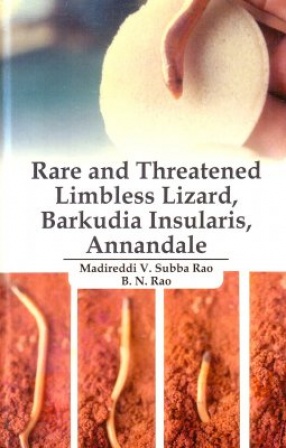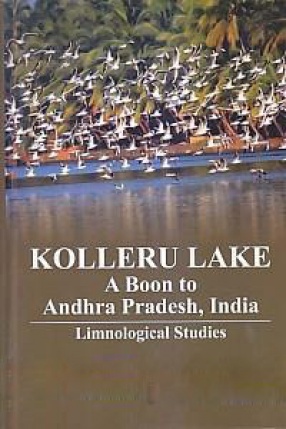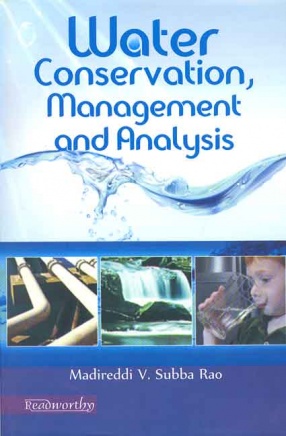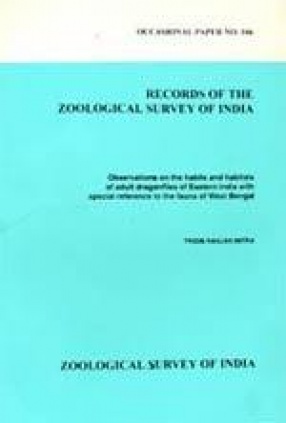The endangered turtles (marine and freshwater) belongs to the group testudines and the class reptilia. These are the only animals have protected shell and without any teeth but they have a break with powerful jaws. They live in different types of water as well as on land (tortoises).
They are best scavangers and eat dead organisms including caracases and also purifies the water by ingestion of the small insects, plants and weeds that pollute the water.
They are distributed throughout India except in Himalayas. In recent, turtles, over exploitation of National resources for commercial fishing and prawn farming which effects the population of testudines. Further breeding grounds and habitat of turtles are disturbed because of hunting and construction activities. Pouching of the turtles and their eggs and meat are another threat. Moreover the predators like the dogs, crabs monitor lizards, jackels, hyaena are spoil the nest and their eggs.
Almost all these animals are endangered and plow a significant role and hence they should be protected and conserve them for maintaining ecological balance and sustainable development in nature.
The details of the above aspects are presented in different chapters of this book.
Contents: Preface. 1. Introduction. 2. Study area. 3. Methodology. 4. Results. 5. Human impacts and threats. 6. Predators. 7. Reproductive biology. 8. Population. 9. Discussion. 10. Conservation and management. 11. Exploitation pattern (Threats). 12. Suggestions and recommendations. 13. Major findings (Summary). 14. Acknowledgements. 15. Bibliography. 16. At a glance. 17. Maps. 18. Appendices.








There are no reviews yet.